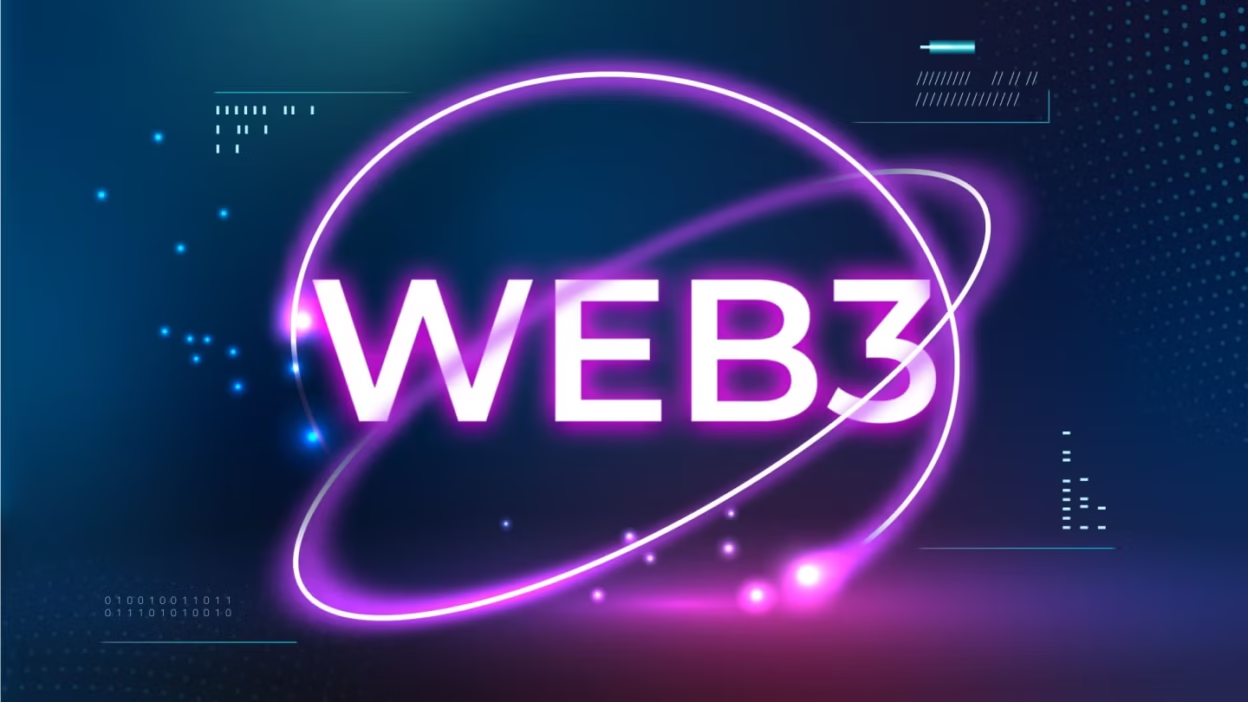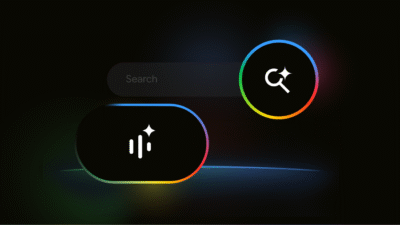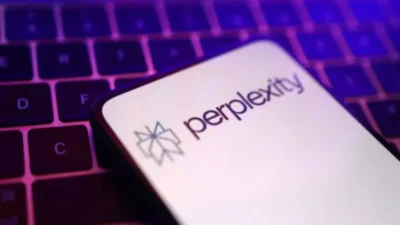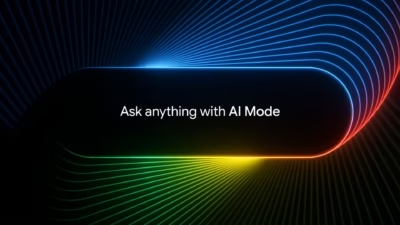The internet, once hailed as a democratizing force, has slowly consolidated into the hands of a few tech giants. Google, Meta, Amazon, Apple they not only dominate how we access information, but also shape what we see, how we behave, and who profits from our participation.
Enter Web3: a movement, a stack of technologies, and arguably a new philosophy for how the web should work.
Beneath the buzzwords and Twitter debates, Web3 is about rethinking digital power shifting it from corporations to users through decentralization, open protocols, and transparent ownership.
Let’s unpack what that really means.
🧭 From Web1 to Web3 The Big Picture
To understand Web3, we need to see it as part of an evolutionary arc:
🔹 Web1 (The Static Web)
- Era: ~1990 to early 2000s
- Users: Mostly readers
- Architecture: Open protocols (e.g., HTTP, SMTP)
- Monetization: Minimal or ad-free
- Ownership: Decentralized content, but limited interactivity
Web1 was an open, academic, and idealistic web. You could publish or consume content, but that was about it. Websites were static, and interactions were limited to basic hyperlinks.
🔹 Web2 (The Platform Era)
- Era: 2005 to present
- Users: Creators and consumers
- Architecture: Centralized platforms (e.g., Facebook, YouTube, Amazon)
- Monetization: Ads, data, subscription
- Ownership: Platforms own data, content, and monetization channels
Web2 brought participation and convenience but at a cost. We traded control for usability. Platforms offered seamless user experiences in exchange for surveillance, data extraction, and monopoly power. The network effects became so strong that leaving meant losing access, identity, and reach.
🔹 Web3 (The Ownership Web)
- Era: Emerging (~2015– )
- Users: Owners, builders, participants
- Architecture: Decentralized protocols, blockchains
- Monetization: Tokens, NFTs, protocol rewards
- Ownership: Individuals own assets, identity, and governance rights
Web3 aims to combine the open ethos of Web1 with the functionality of Web2, while introducing a new layer: user ownership.
🔍 What is Decentralization, Really?
“Decentralization” gets thrown around often but what does it actually mean?
Decentralization is the removal of single points of control.
Instead of one company or server running the show, a network of independent participants maintains the system.
How it works in Web3:
- Blockchain as the foundation
Blockchains are distributed ledgers. Imagine a massive spreadsheet duplicated across thousands of computers. Every time data is added (e.g., a payment, a contract, a vote), the network reaches consensus and updates the ledger. - Smart contracts for automation
These are self-executing programs that run on the blockchain. They eliminate the need for trusted intermediaries. For example, a lending protocol might say: “Deposit X tokens, earn Y% interest.” No bank, no paperwork just code. - Tokens for coordination and value transfer
Tokens (fungible or non-fungible) give users a stake in networks. They can represent currency (like ETH), governance rights, in-game assets, or even equity in a decentralized app. - Decentralized governance (DAOs)
Protocols can be governed by DAOs groups of token holders who vote on decisions like updates, funding, or community rules. No CEOs, no shareholders just collective decision-making.
🔑 Key Principles of Web3
Let’s break down the core values Web3 aims to embed into the internet:
1. Ownership
You own your identity, your data, your assets. Platforms can’t deplatform you or sell your data without consent. With NFTs, for example, creators can sell art, music, or writing and get paid every time it resells, automatically.
2. Portability
Your identity isn’t tied to one app. You can use the same wallet (e.g., MetaMask) across hundreds of platforms. It’s like logging into Spotify, Instagram, and Amazon with the same profile and payment method, fully under your control.
3. Composability
Web3 apps are like LEGO blocks open-source, interoperable, and remixable. A lending app can plug into a trading app. A gaming item (like an NFT sword) can be used across multiple games.
4. Incentives
Because users can own tokens, they have skin in the game. Early adopters can benefit from growth. Communities aren’t just “users” they’re also investors, builders, and evangelists.
🌍 Real World Applications of Web3
Though early, Web3 is already powering a wide range of use cases:
- Finance (DeFi): Borrow, lend, earn interest without banks. Think Uniswap, Aave, Compound.
- Art & Culture (NFTs): Own, trade, and monetize digital art, music, or collectibles on platforms like OpenSea or Zora.
- Social Media: Platforms like Lens Protocol or Farcaster let users own their social graphs your followers, not the platform’s.
- Infrastructure: File storage (IPFS, Arweave), compute (Akash), domain names (ENS), and identity (Proof of Humanity) are being reimagined.
- Gaming & Metaverse: In games like Axie Infinity or Otherside, players own in-game assets that have real-world value.
🚧 The Challenges Ahead
Web3 is not without friction and its critics raise valid points:
- Scalability: Ethereum transactions can be slow and expensive. Layer 2s (e.g., Optimism, Arbitrum) are improving this, but adoption is fragmented.
- UX barriers: Wallets, seed phrases, gas fees these are confusing to non-technical users.
- Regulatory uncertainty: Governments are still catching up. The legal treatment of tokens, DAOs, and DeFi remains murky.
- Speculation and scams: Too many projects focus on price over purpose. Rug pulls, Ponzi schemes, and fake NFTs have hurt public trust.
- Decentralization theater: Some platforms claim to be decentralized but are actually run by a small group of insiders.
🧠 Why Web3 Still Matters Even If You’re Skeptical
Web3 isn’t just a technological upgrade. It’s a reimagining of how power, ownership, and value flow on the internet.
It asks fundamental questions:
- What does it mean to truly own something digital?
- Can communities build and govern their own networks?
- Is it possible to create value online without giving up privacy, freedom, or control?
You don’t need to become a crypto expert or NFT collector. But ignoring Web3 would be like ignoring the internet in 1995 dismissing it as a toy or a scam, rather than a new architecture for human coordination.
✨ A More Human Internet?
Web3 is not a finished product. It’s messy, experimental, and still finding its footing.
But its potential is real. By blending cryptography, economics, and community, it offers tools for building a more open, inclusive, and resilient web.
A web where users are not just data points but stakeholders.
Where platforms are not walled gardens but commons.
And where the internet is not just something we use but something we own.




[…] Also check this out –> https://haftusaar.com/schools/what-is-web3-and-why-it-actually-matters/ […]
[…] Read Now — What is Web3 and Why It Actually Matters […]
[…] Read — What is Web3 and Why It Actually Matters […]